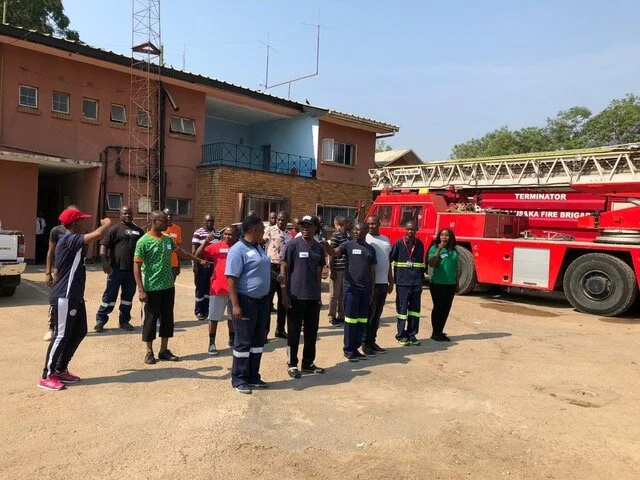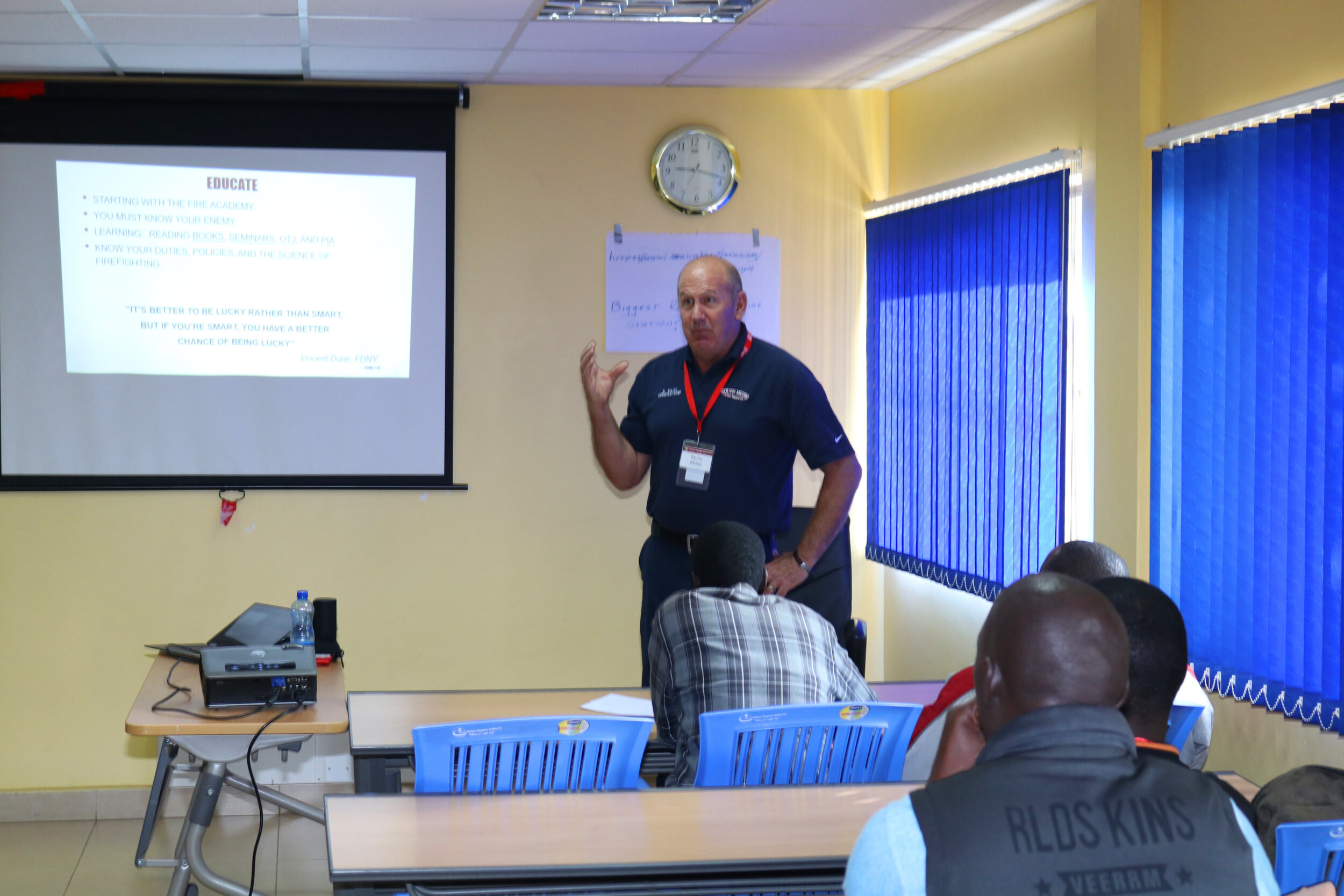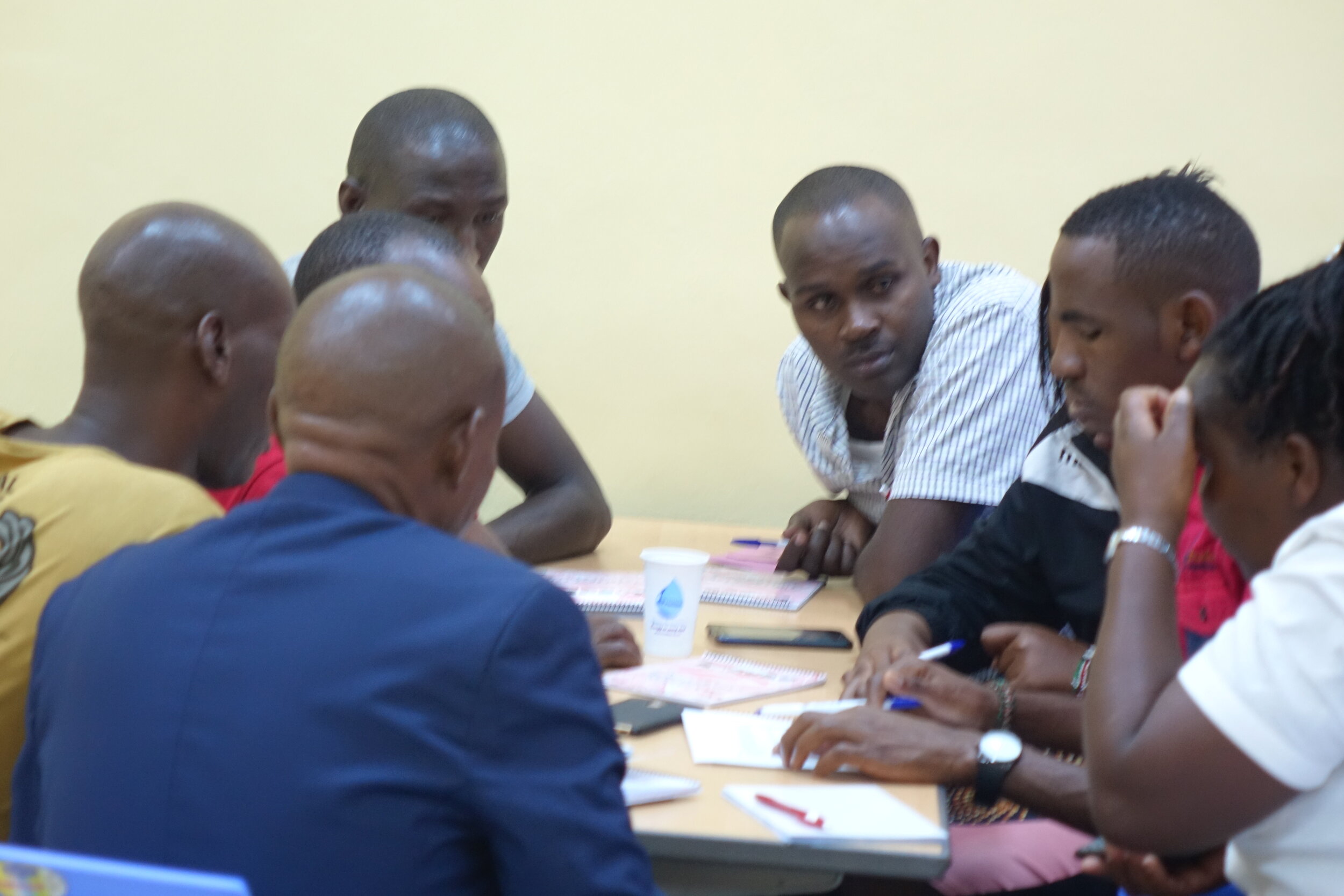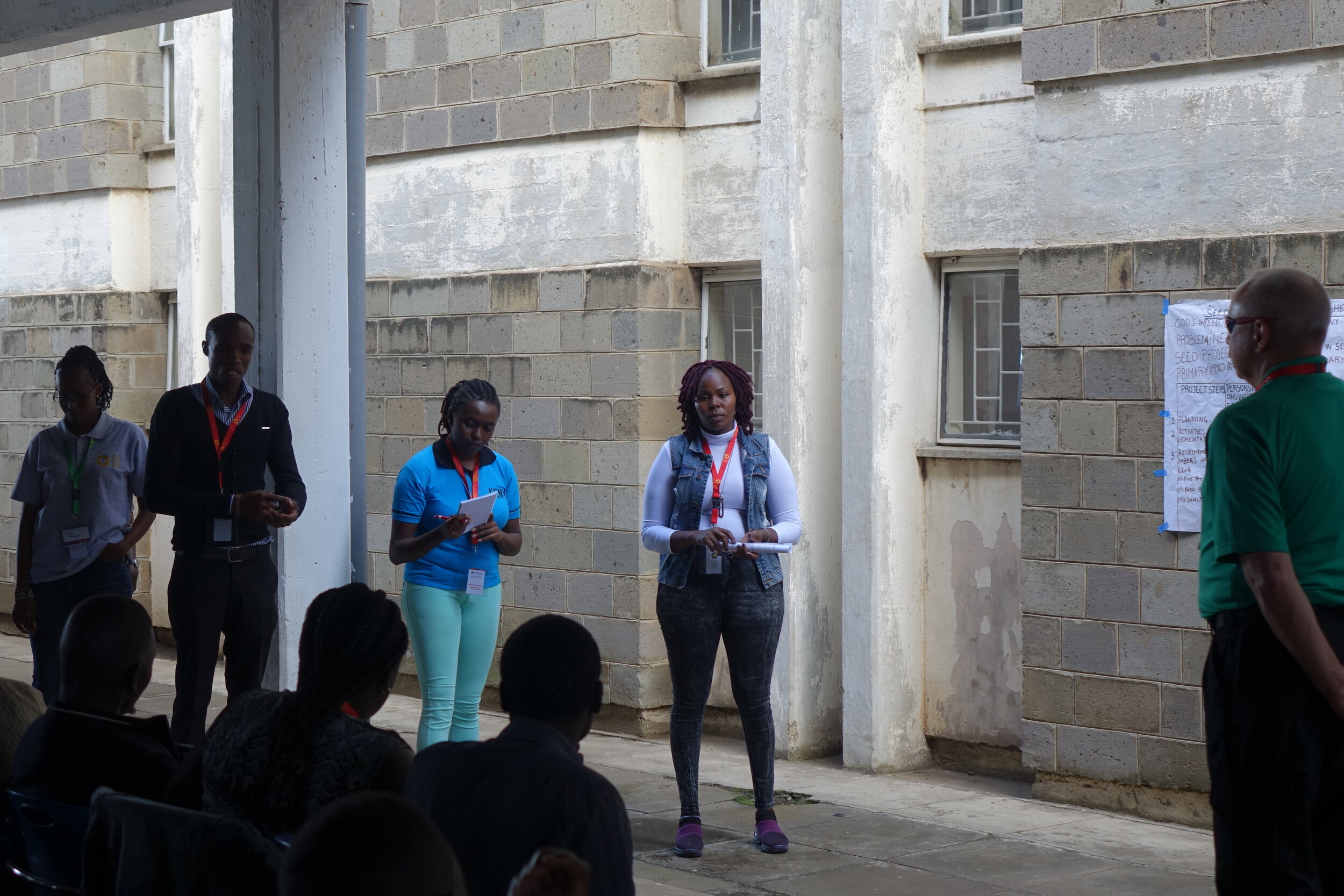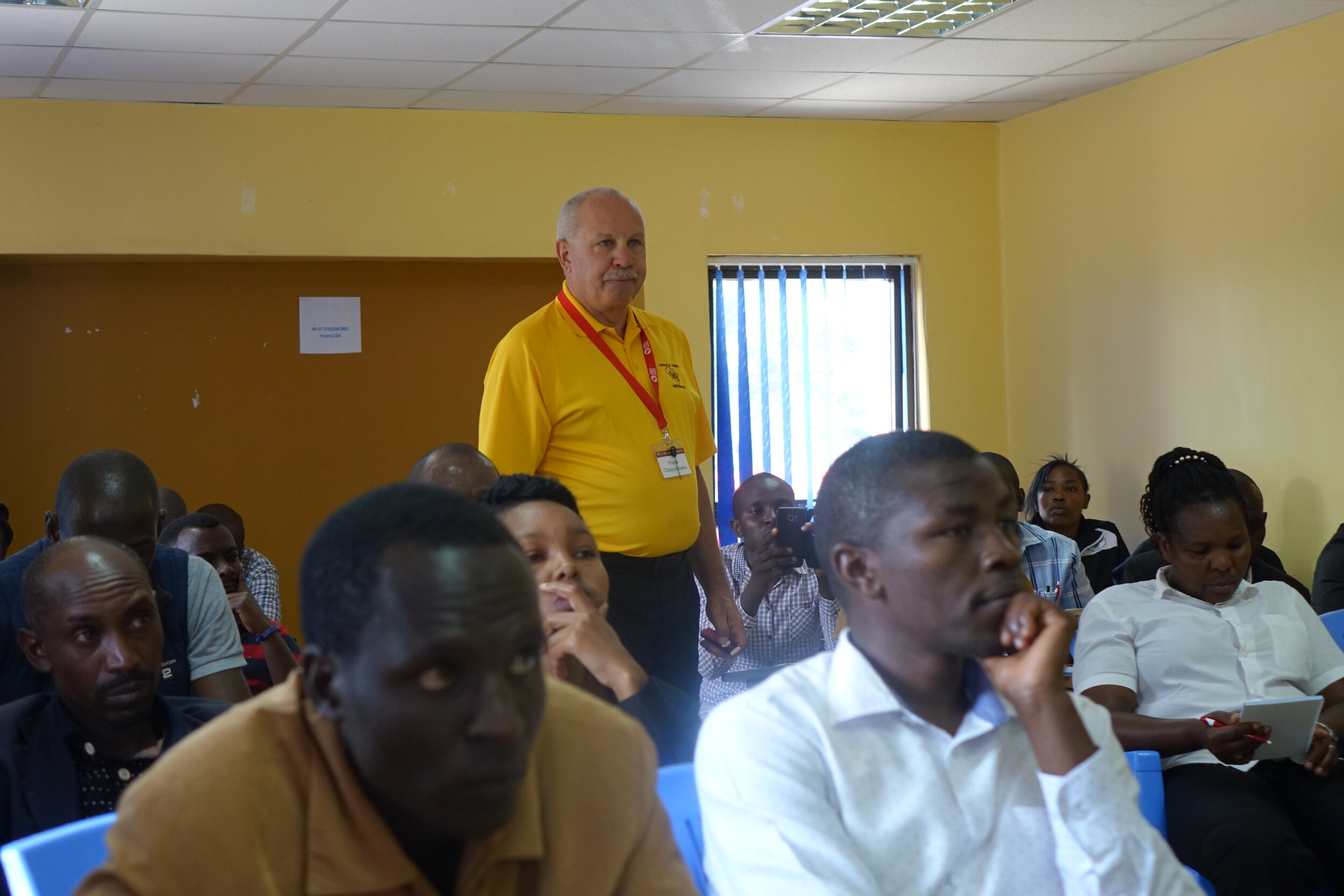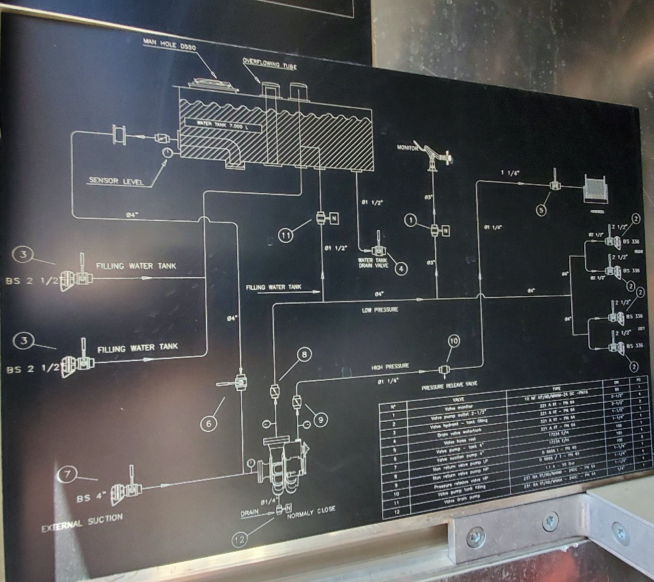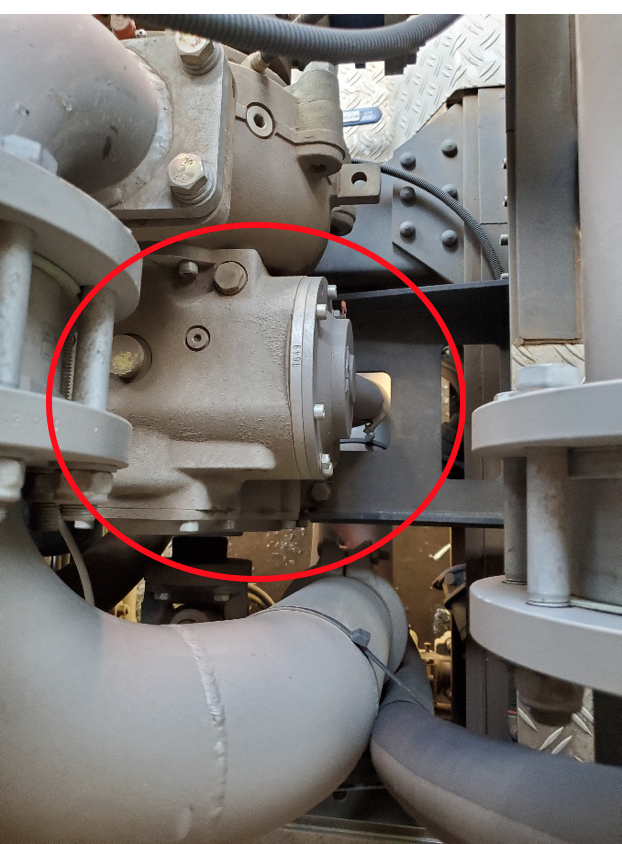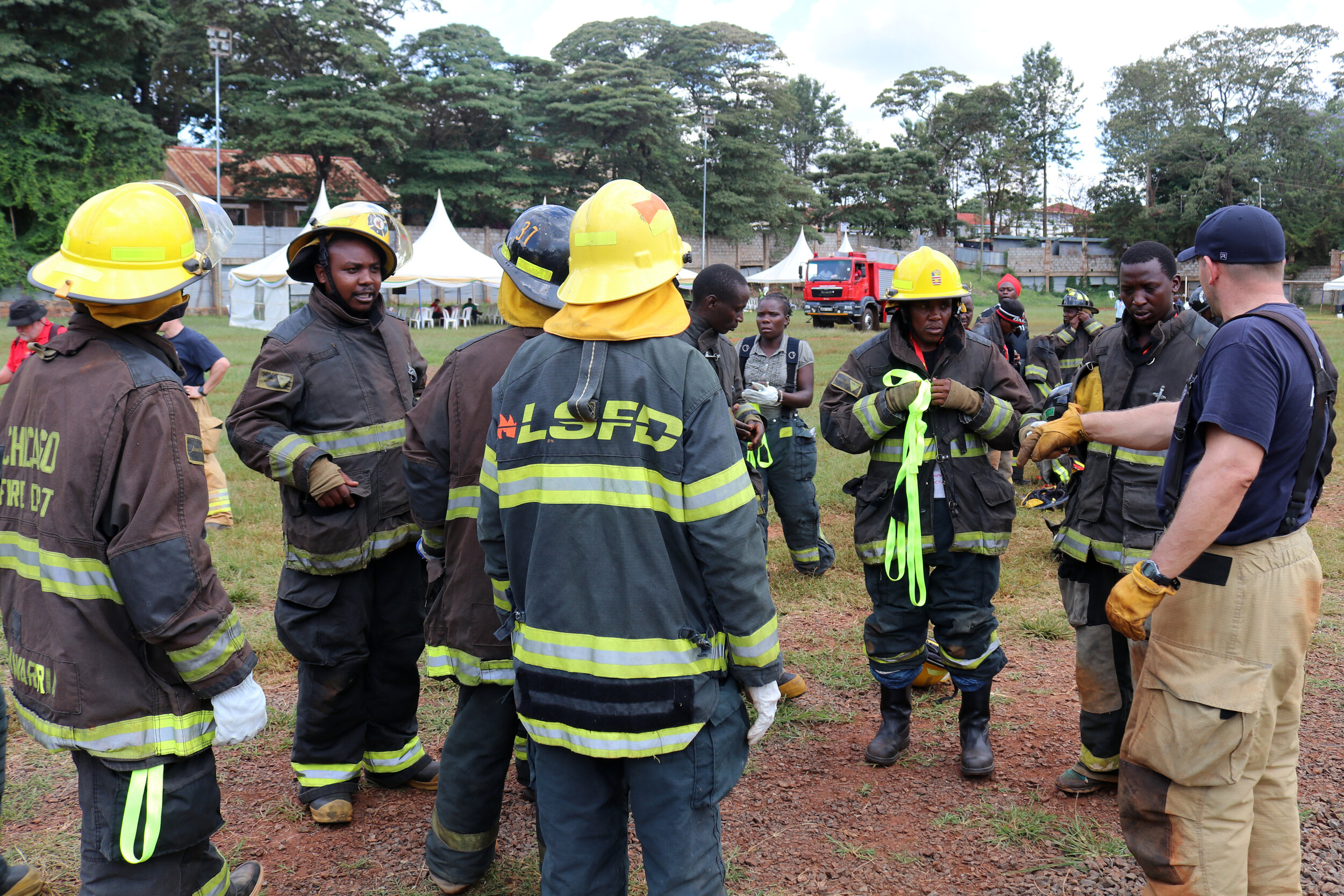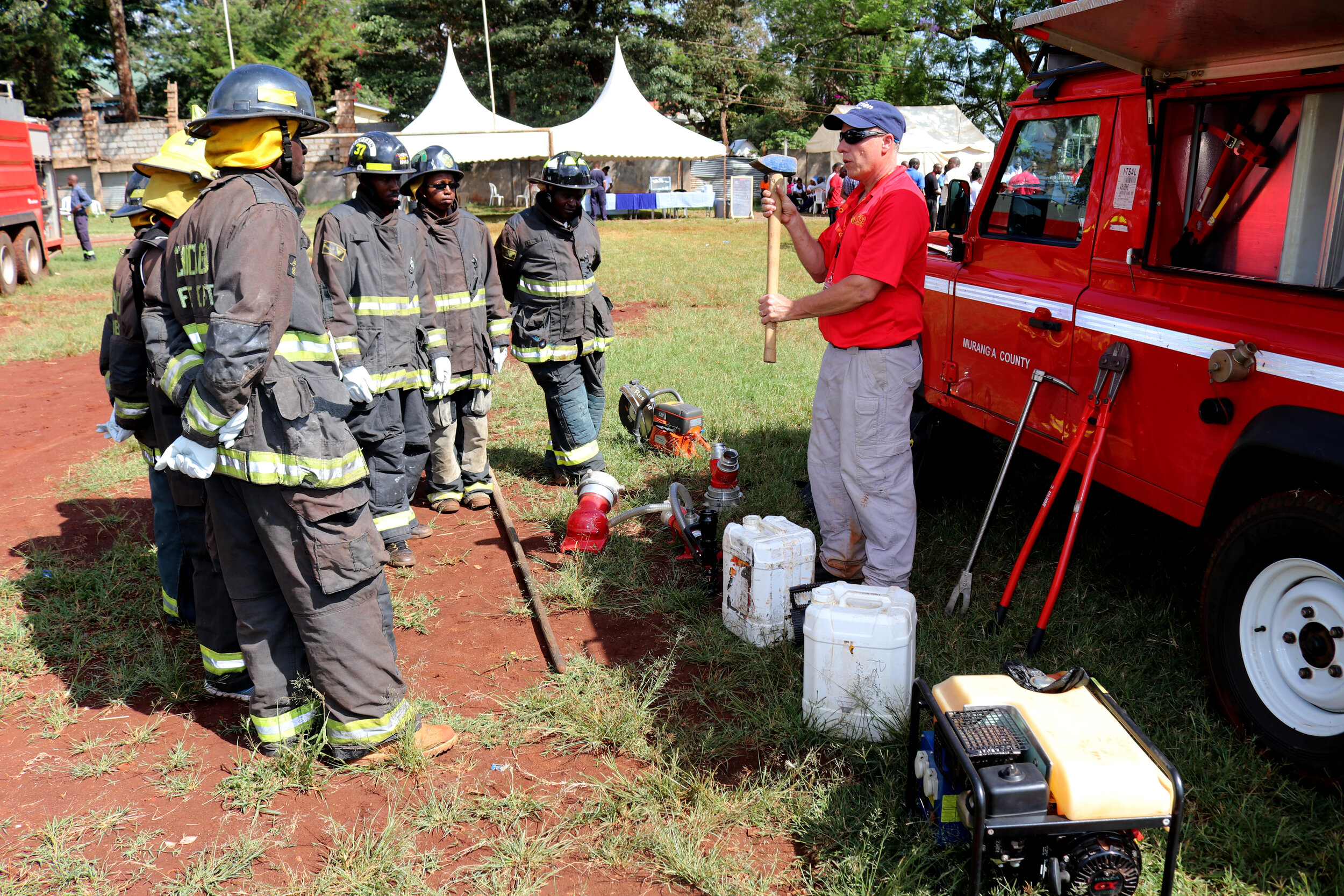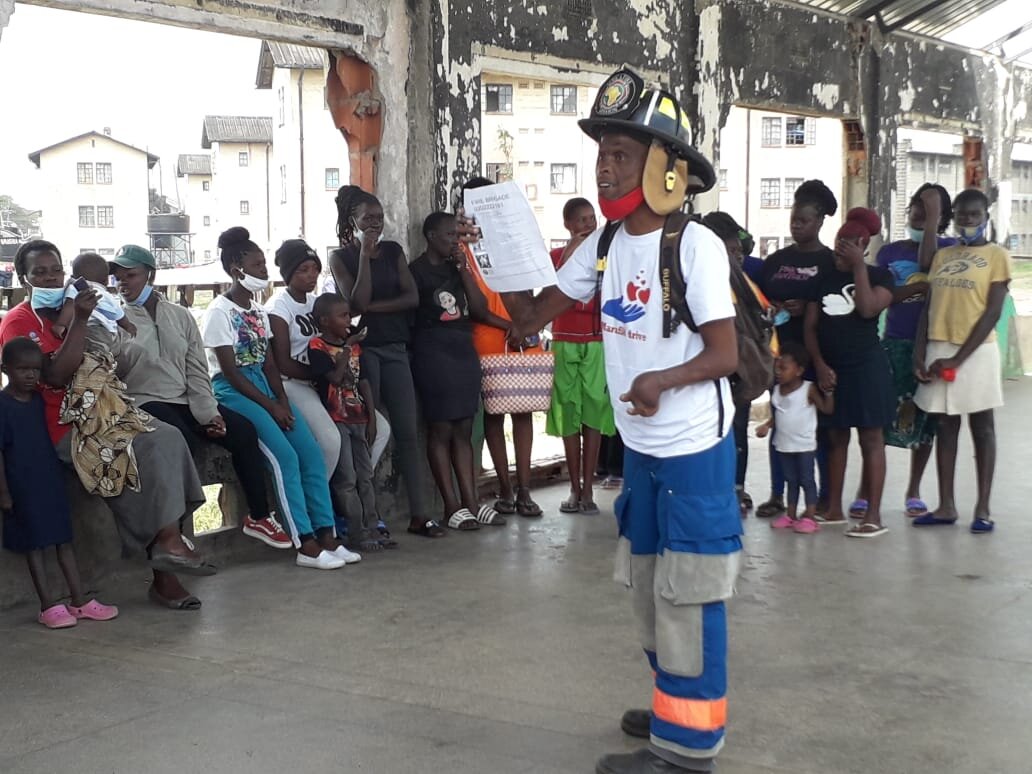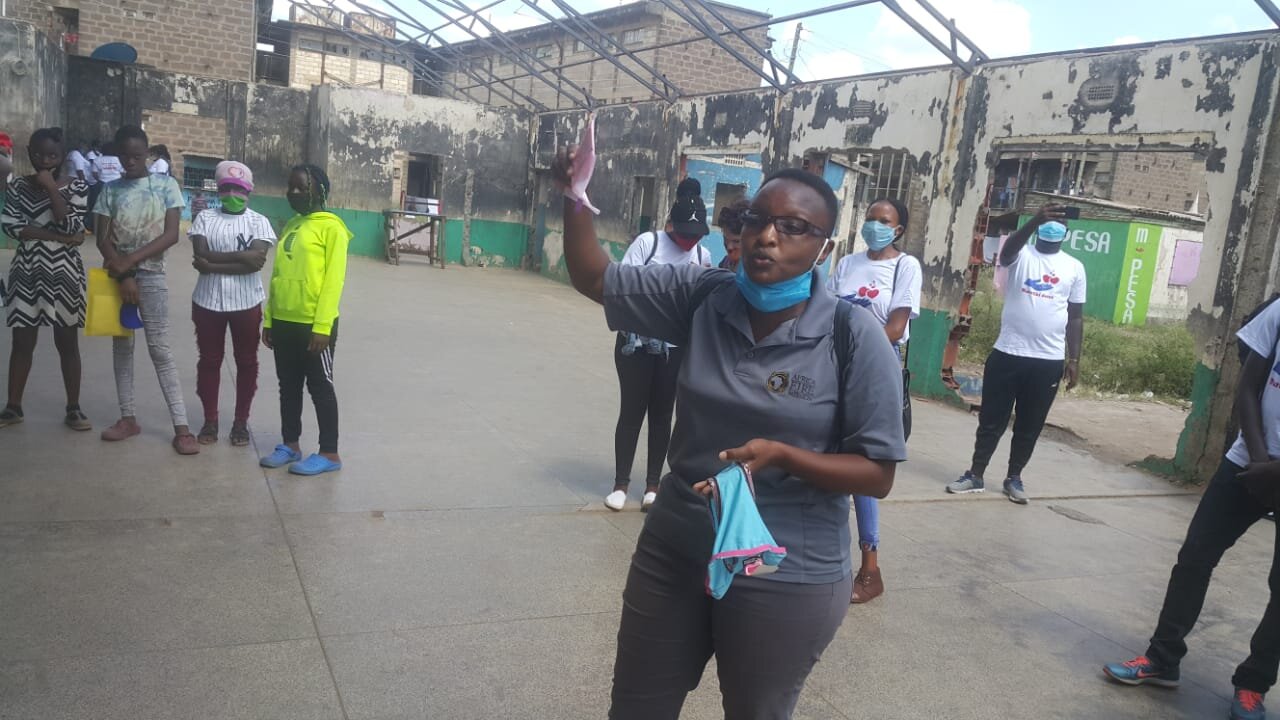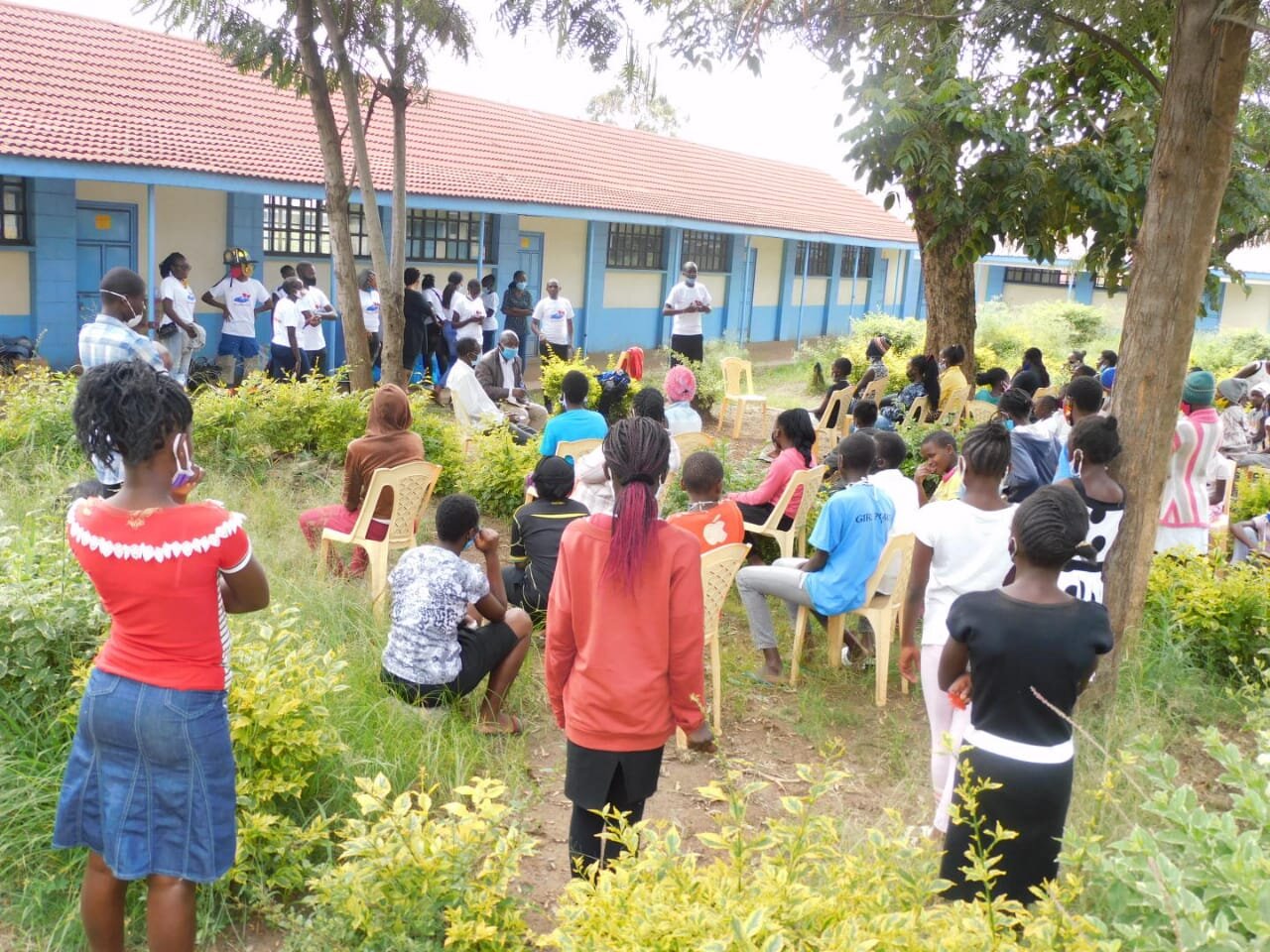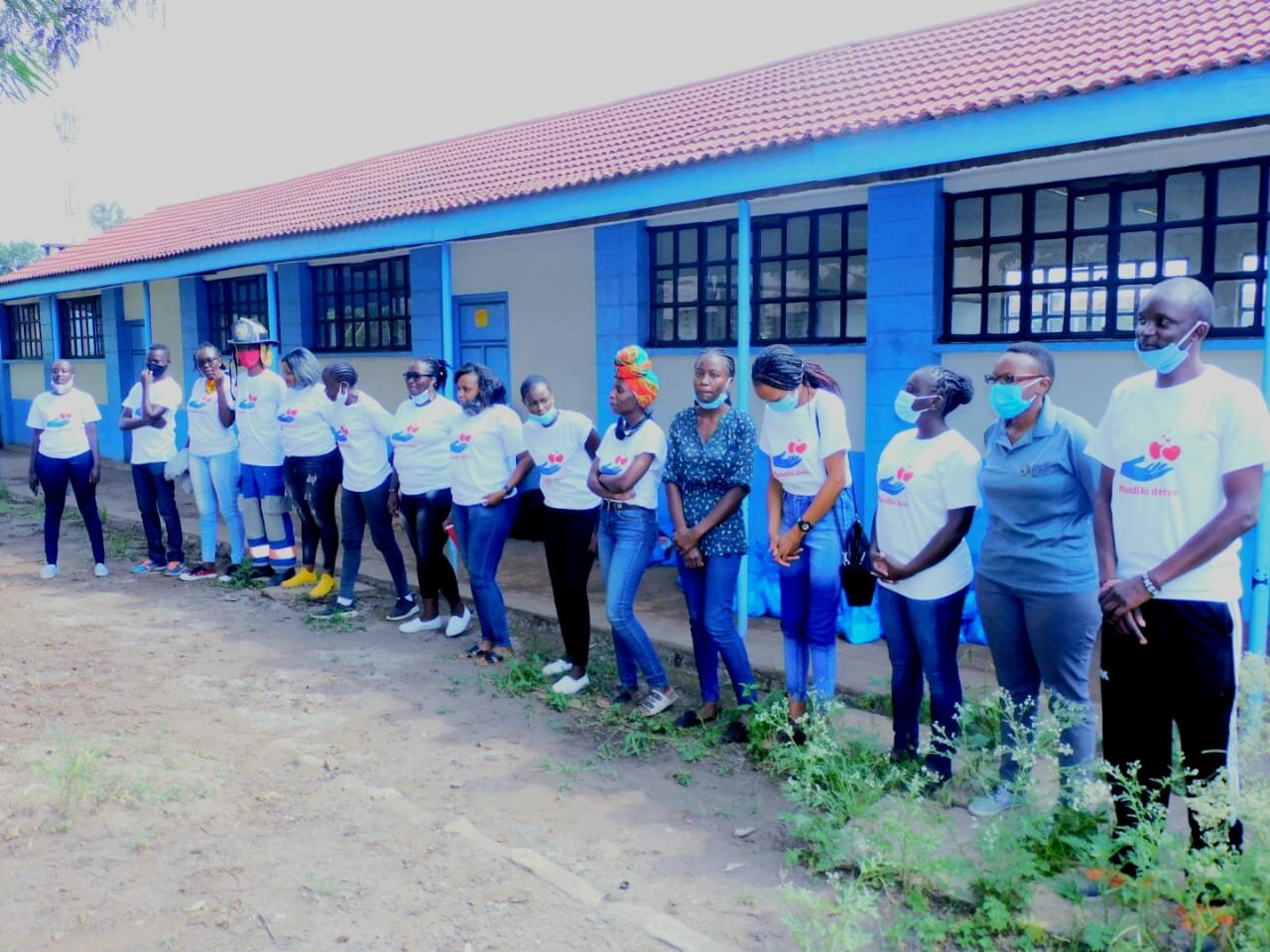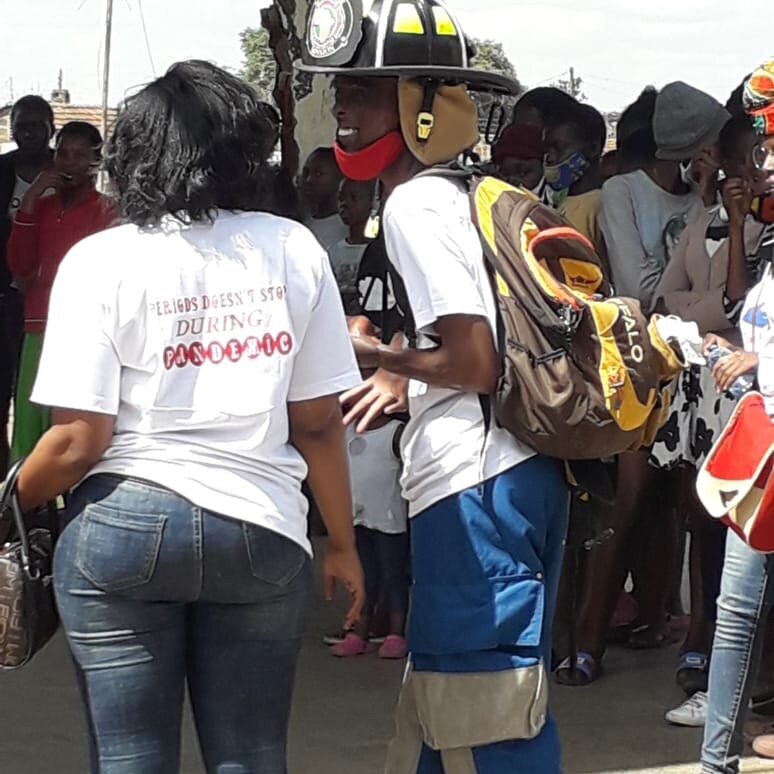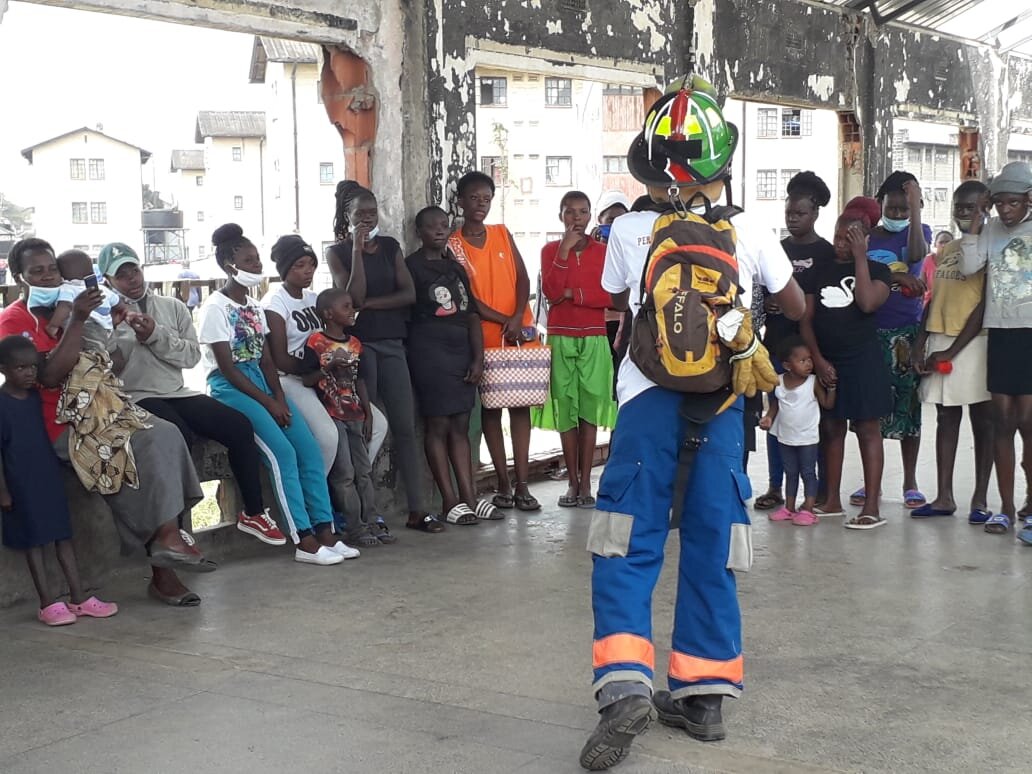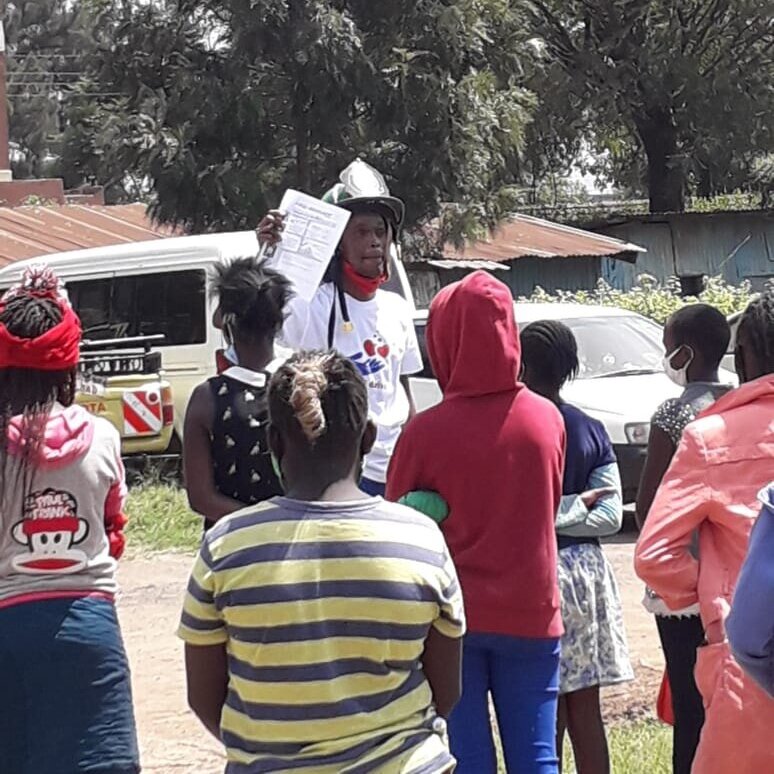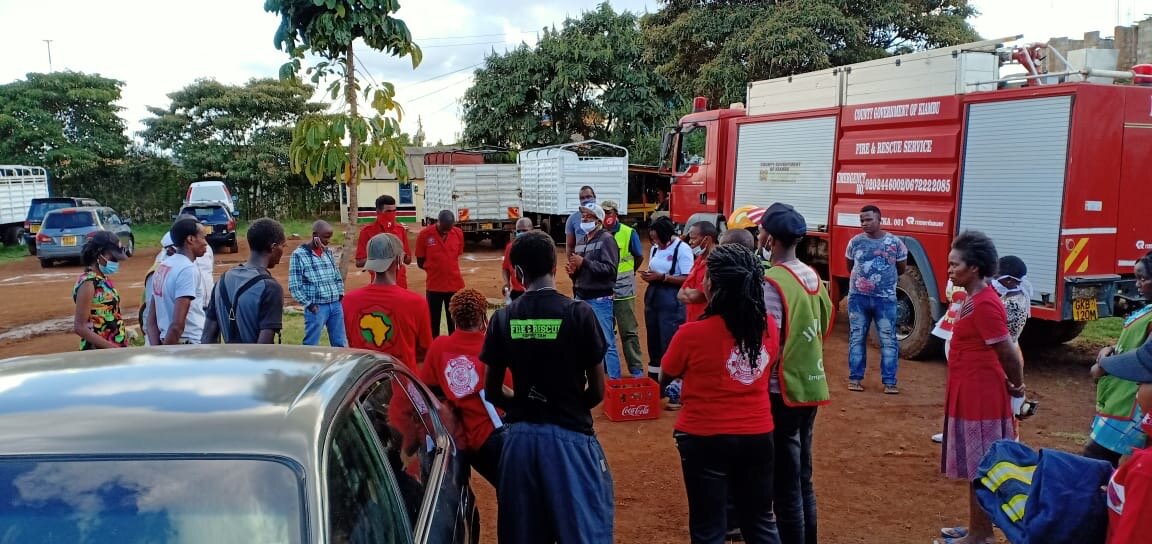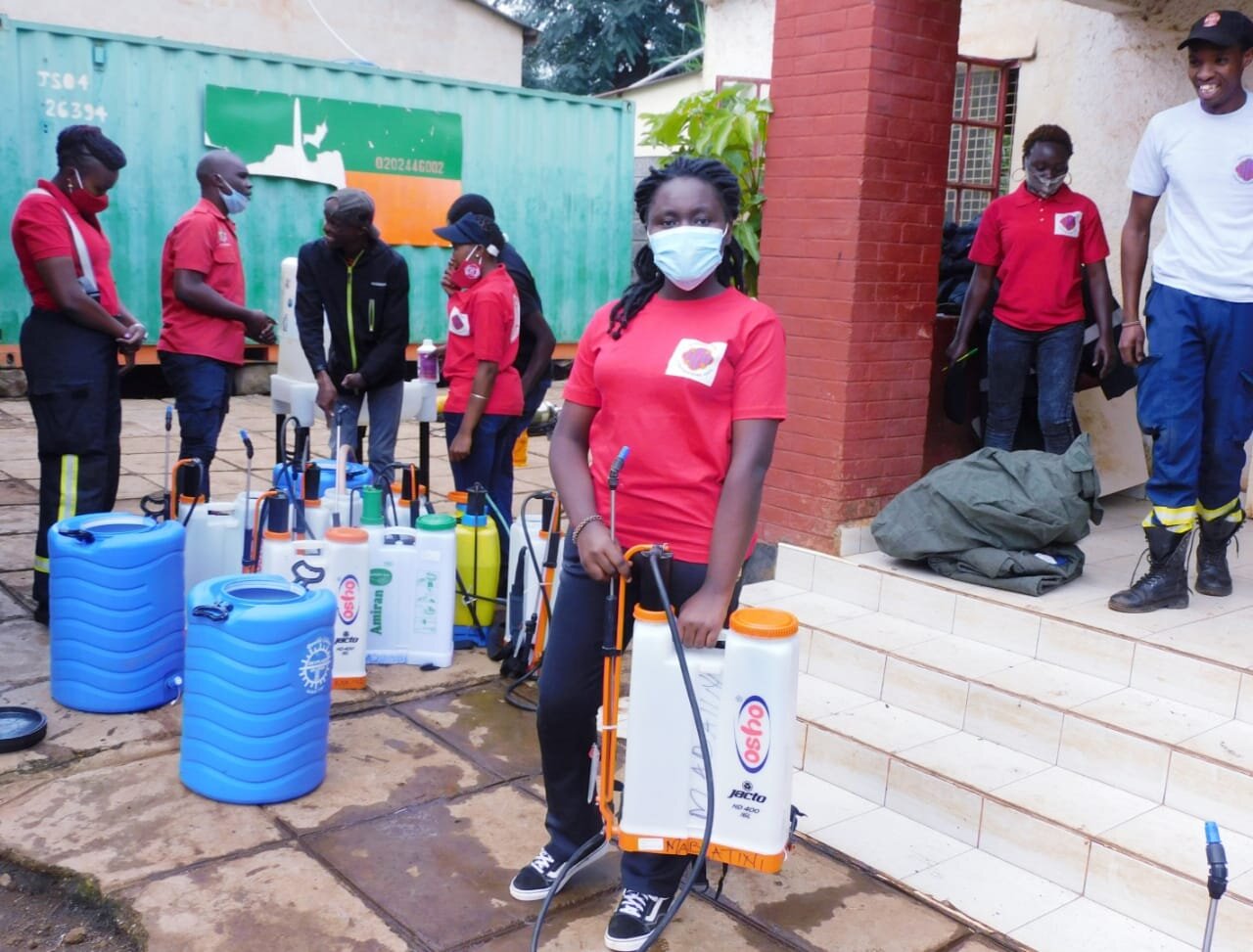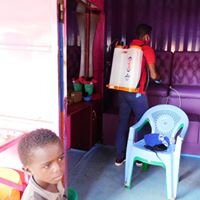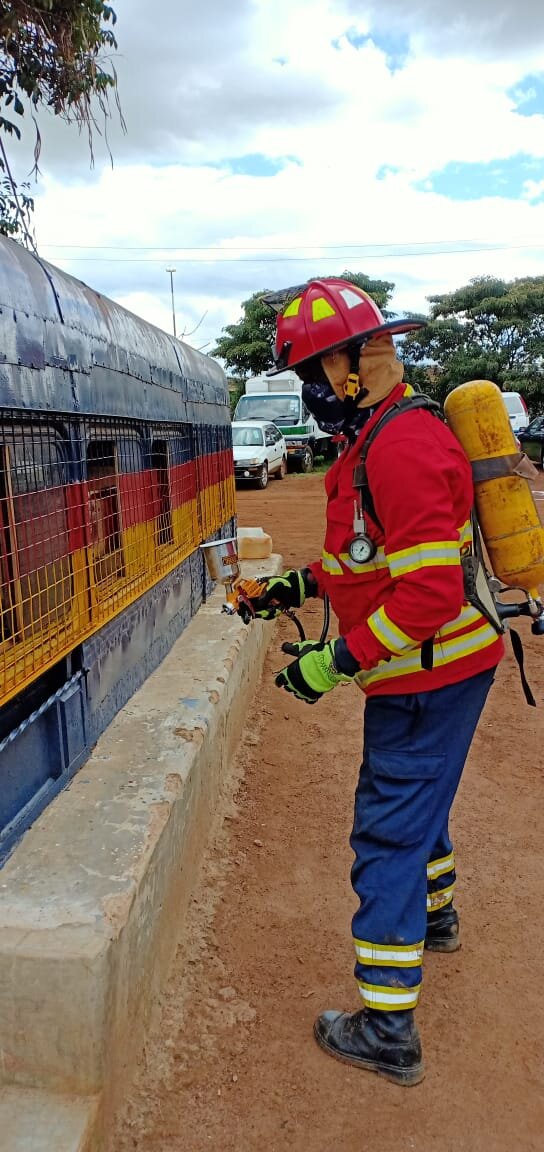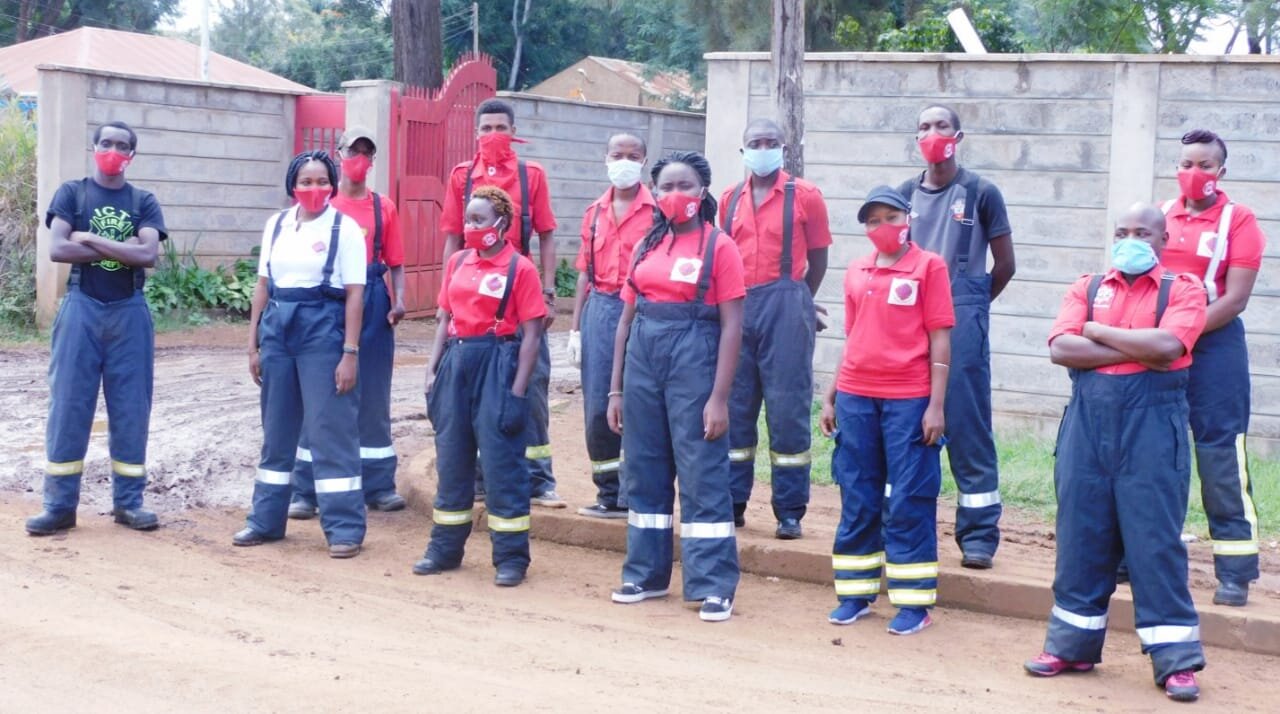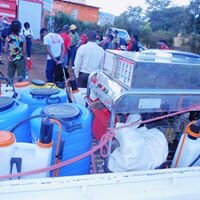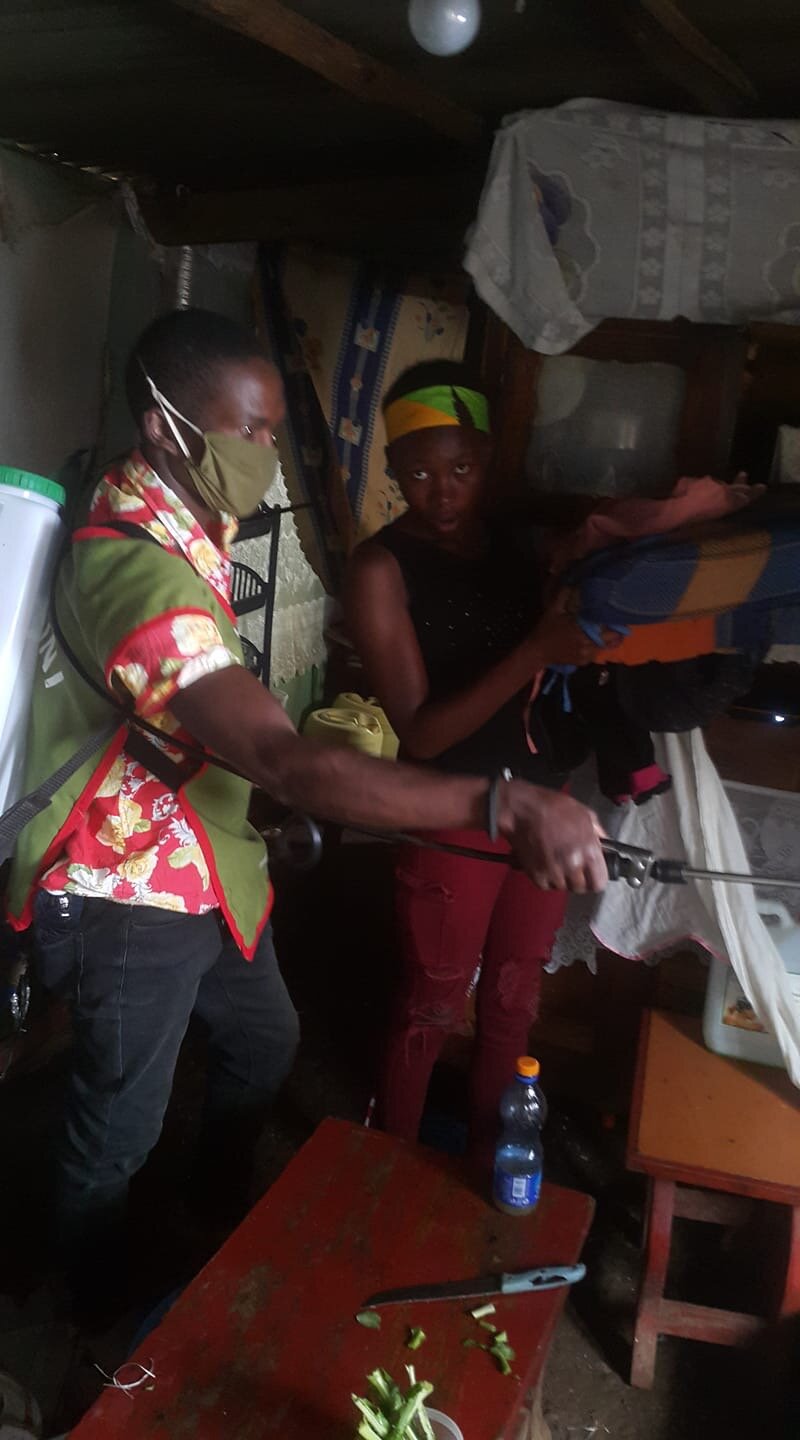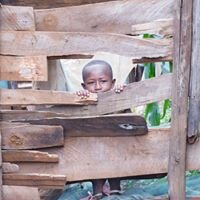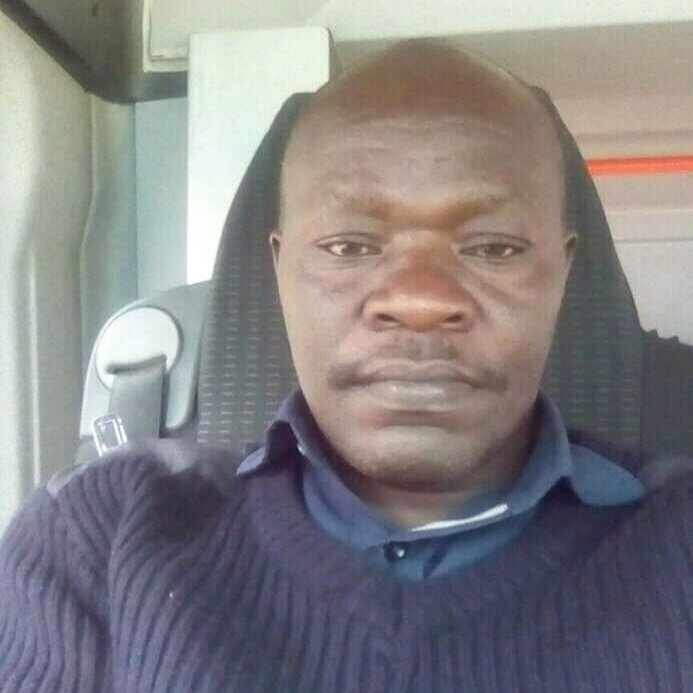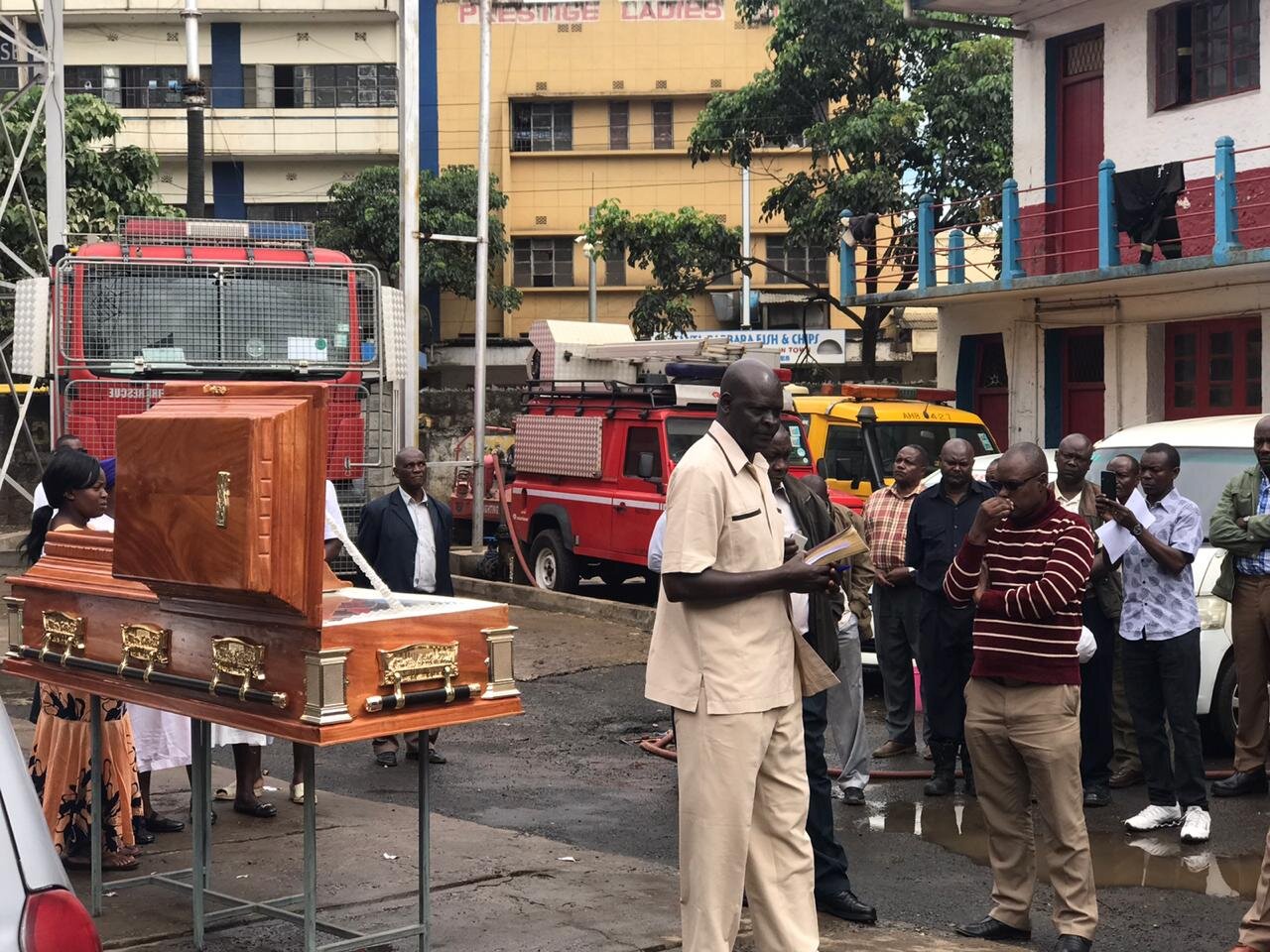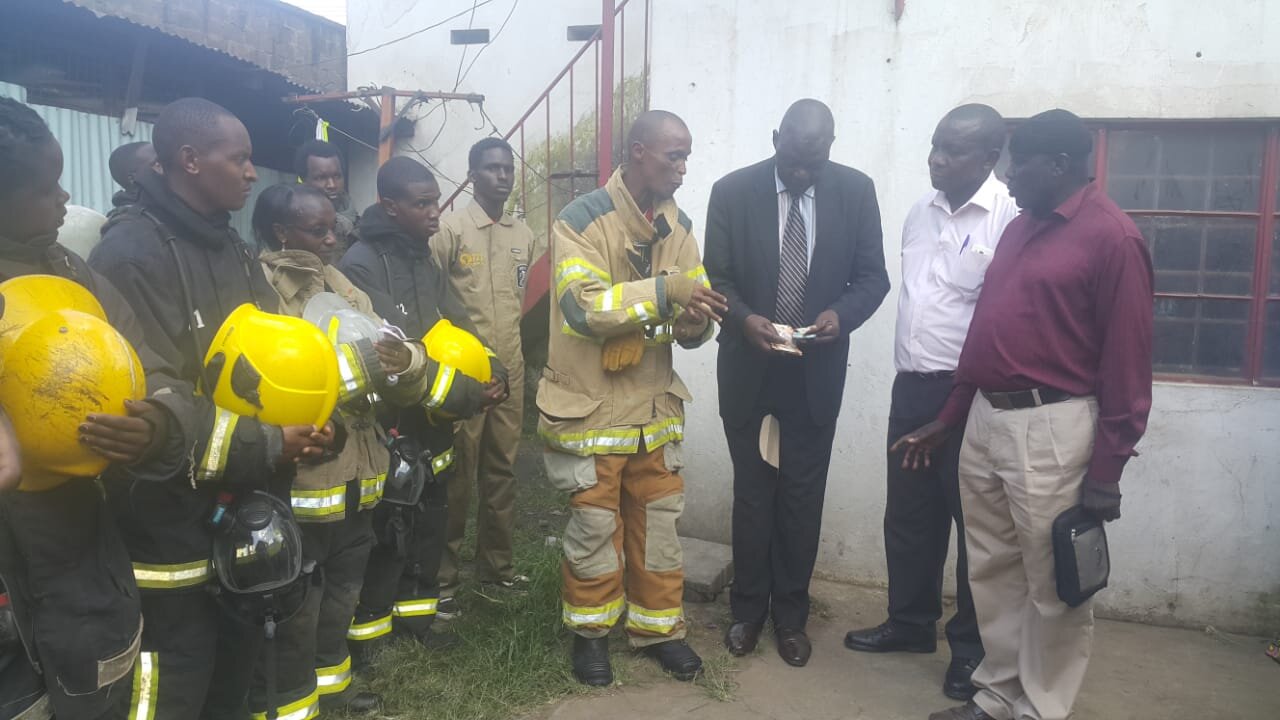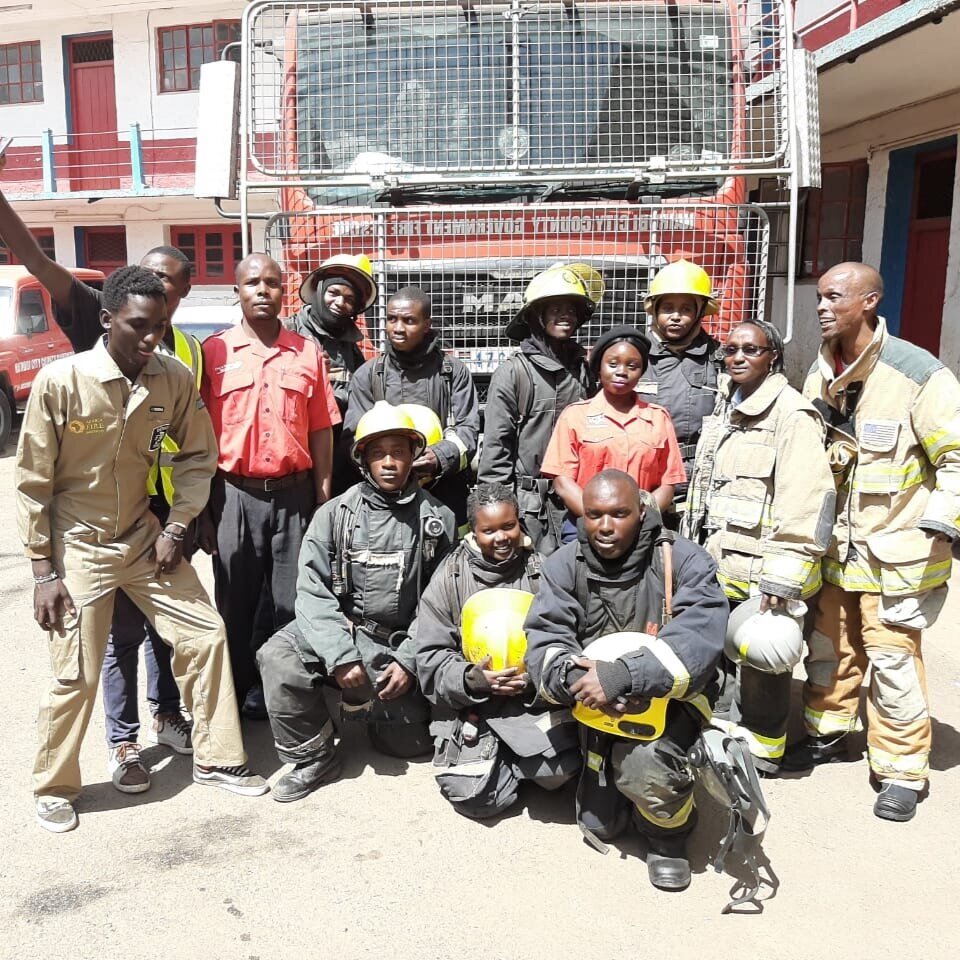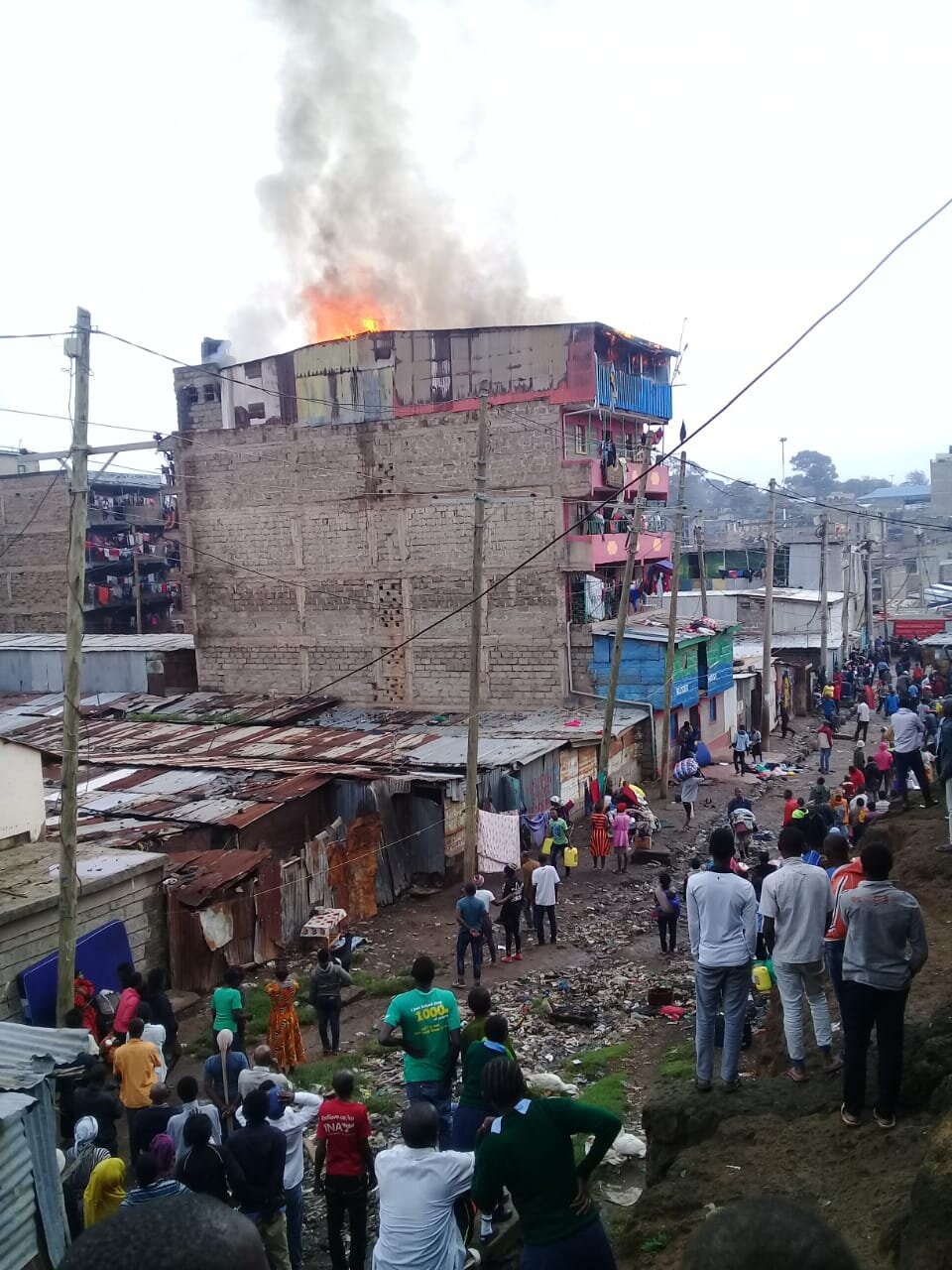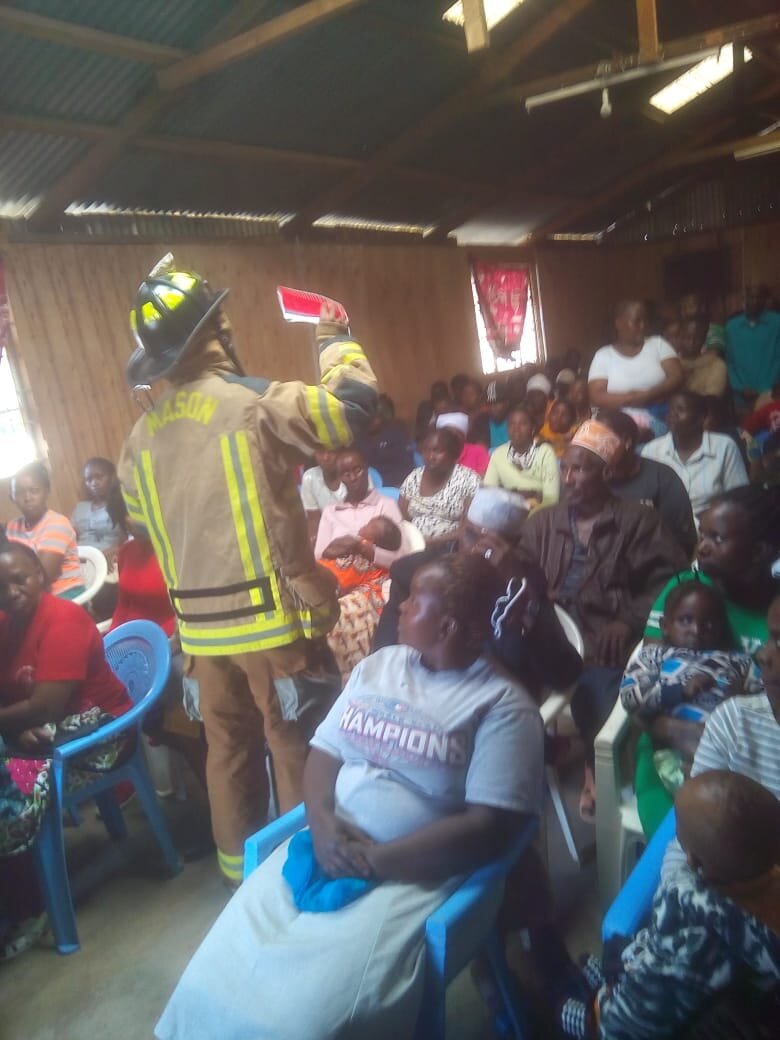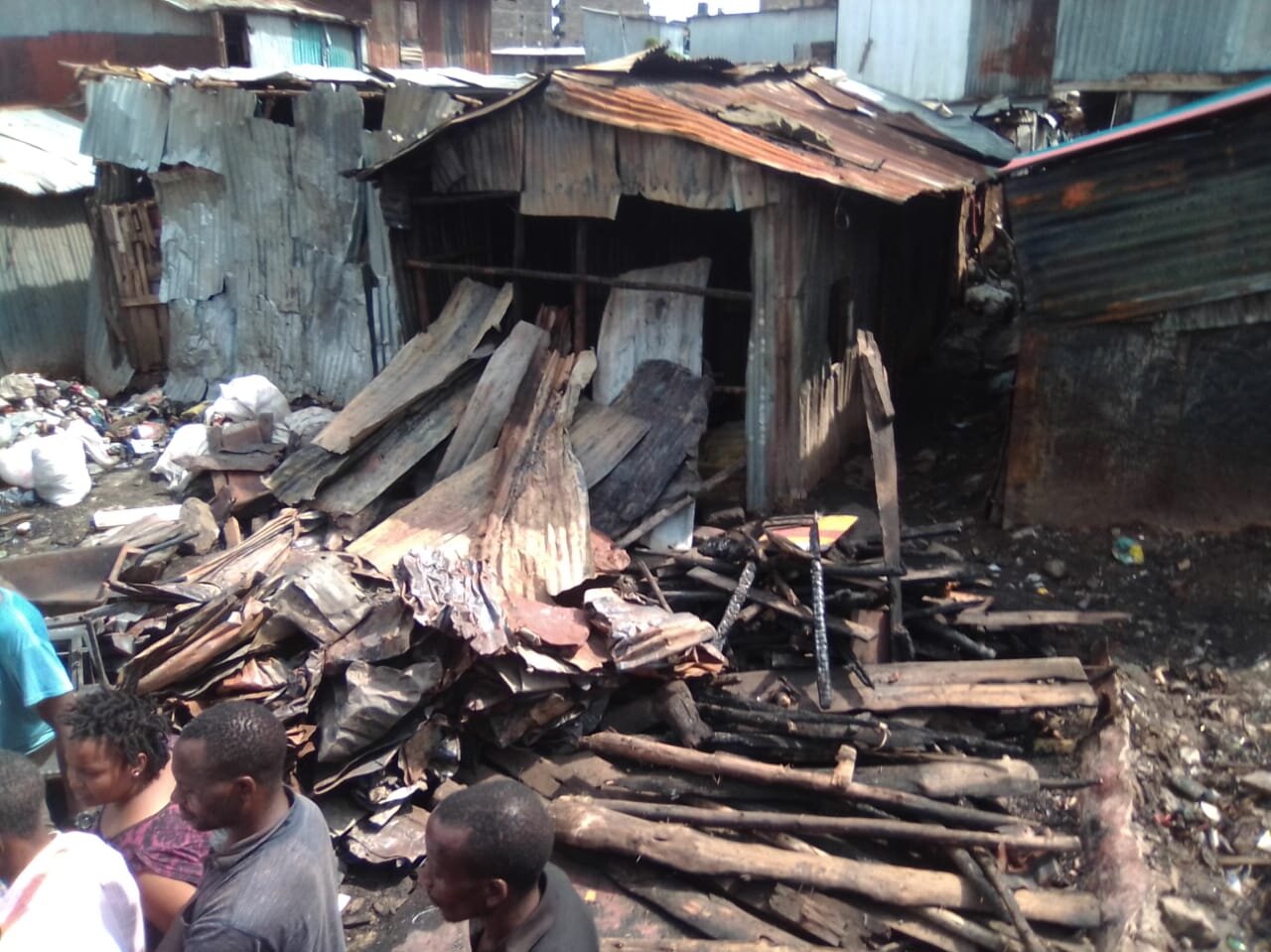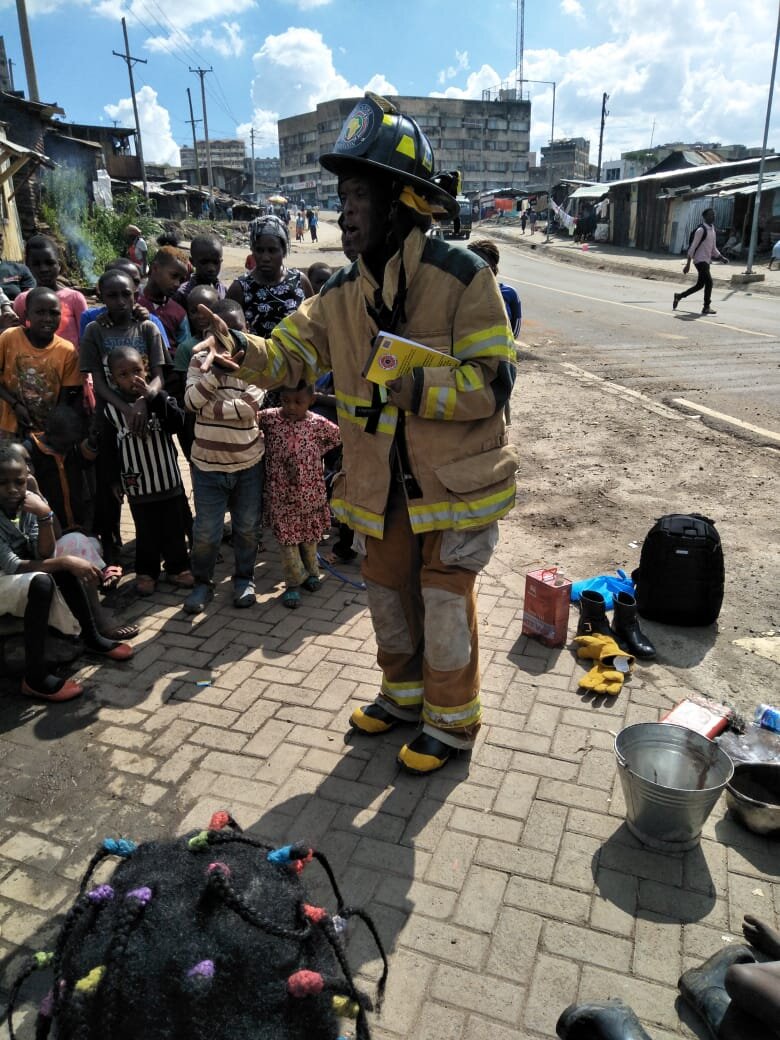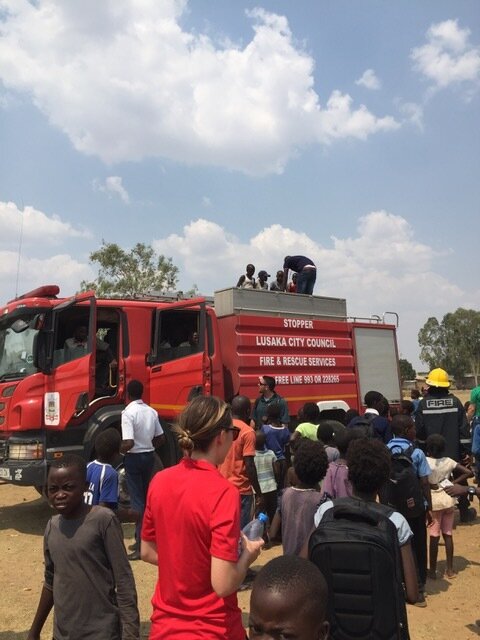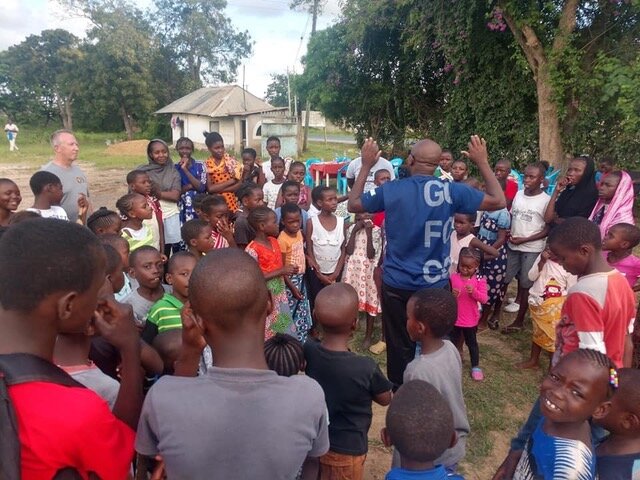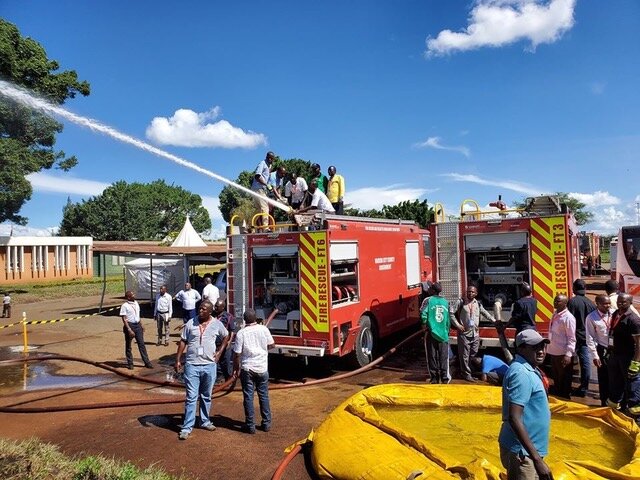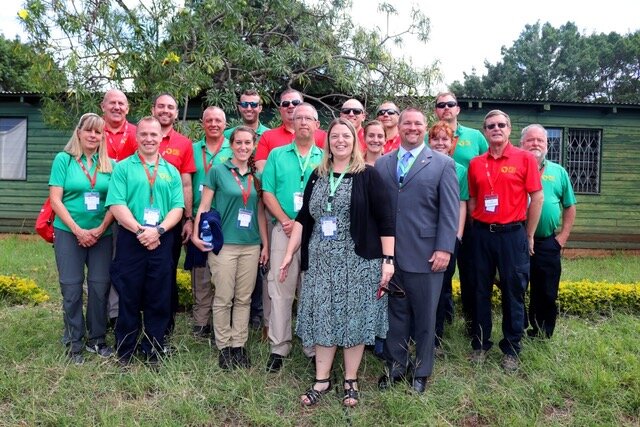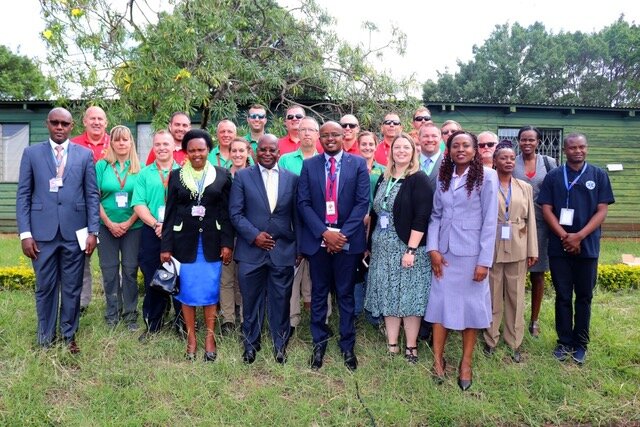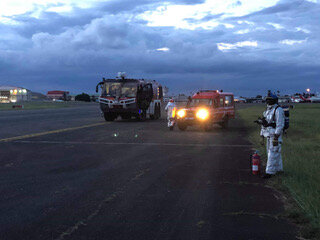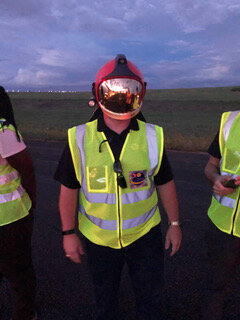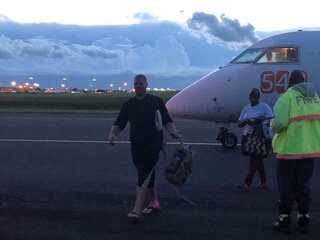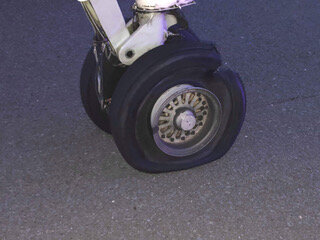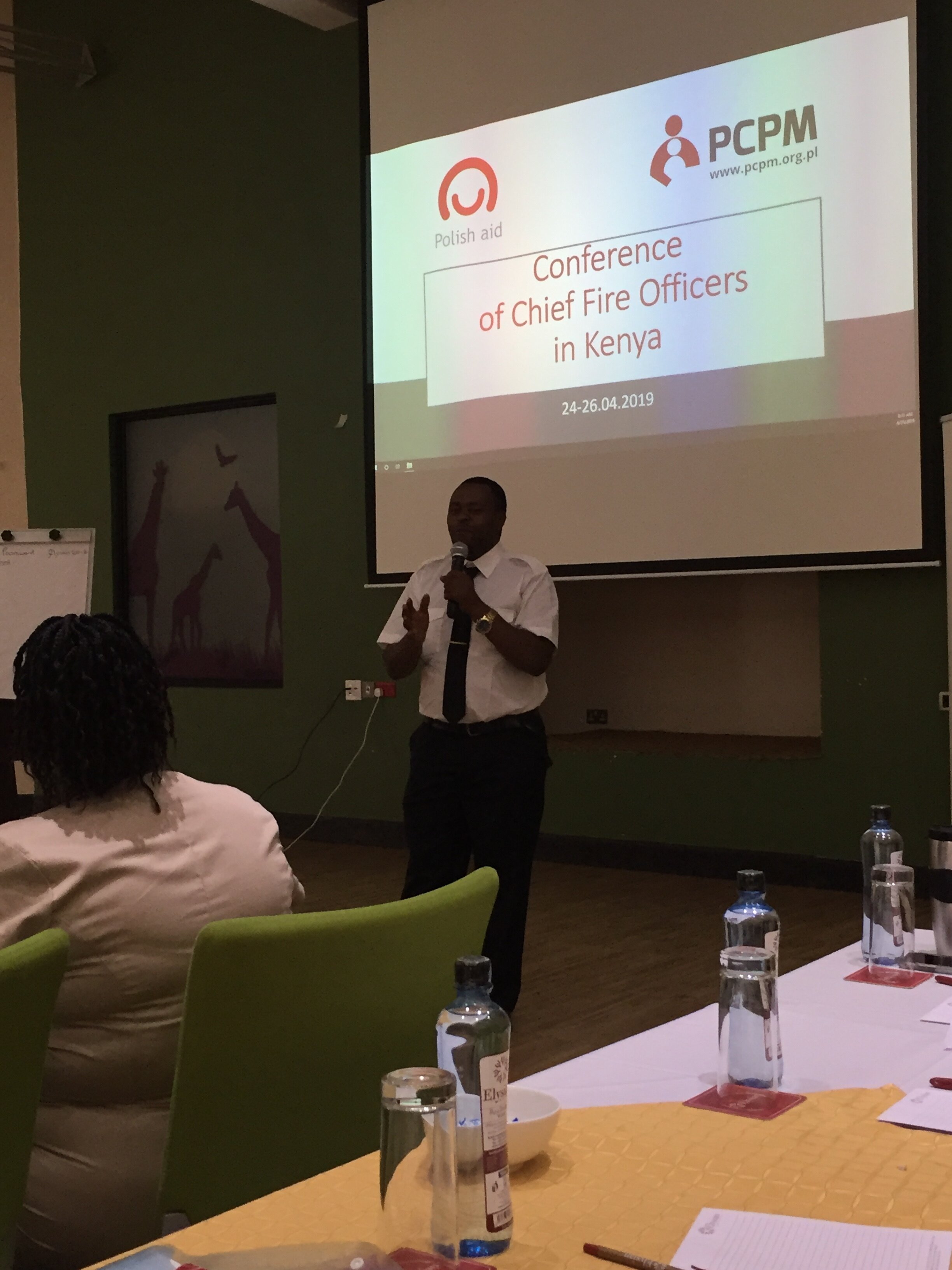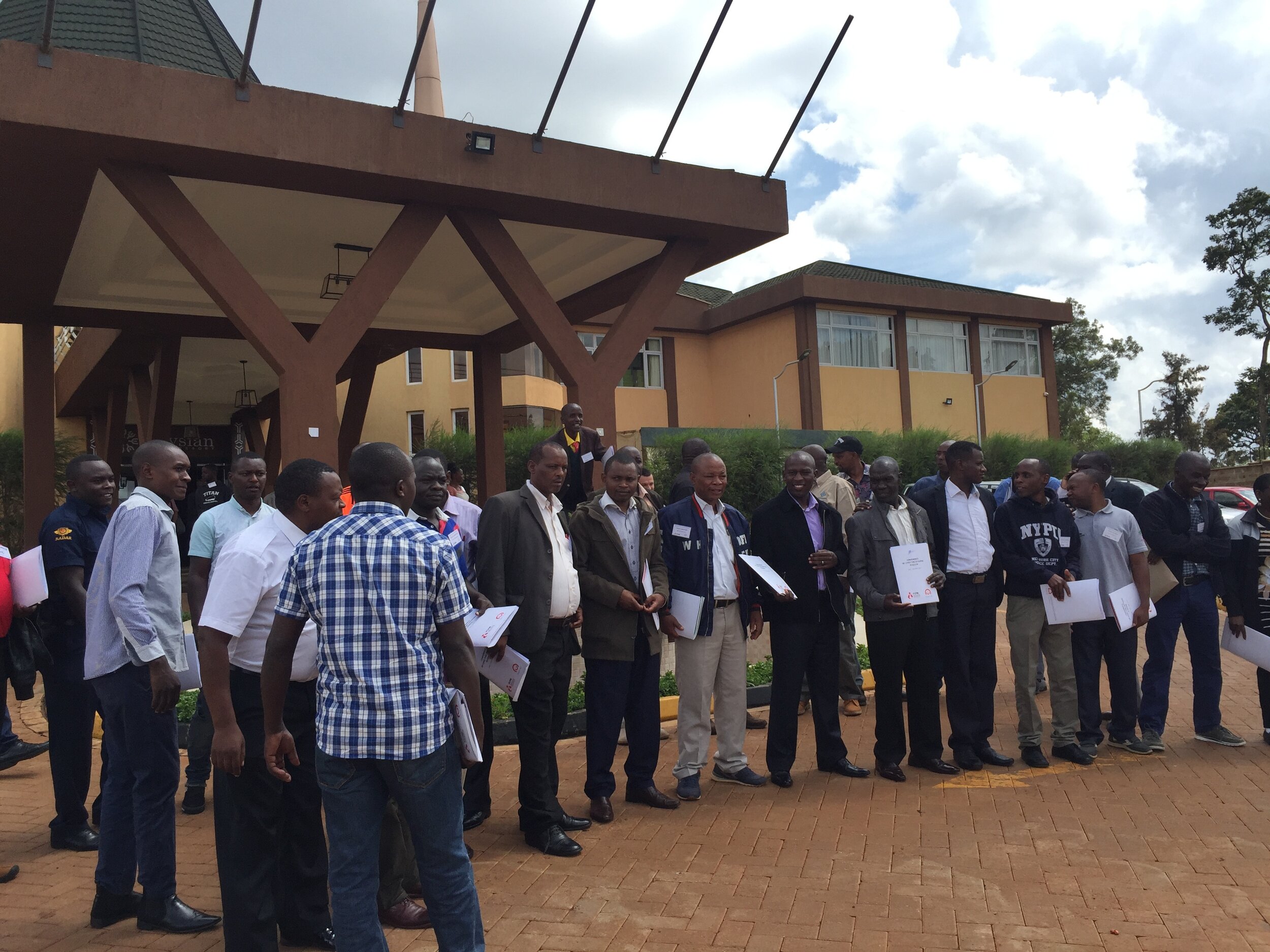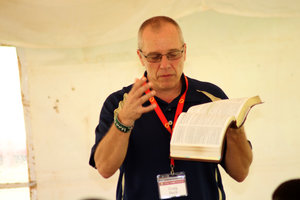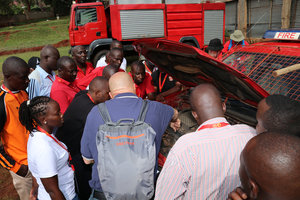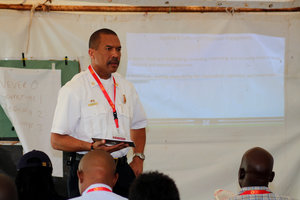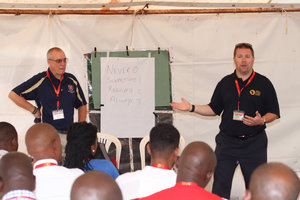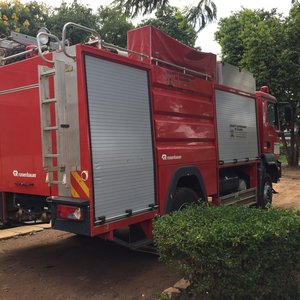by: Brad Banz- Retired Fire Chief, Colwich Fire Dept., Retired Captain Wichita Fire Dept.
Last November when I was in Kenya with Africa Fire Mission, I delivered training on responding to mass casualty incidents and response to biological and explosives terrorism incidents. Who knew that only a few short months later that we would be dealing with a pandemic situation that in many ways parallels what we might expect in a biological incident. I am not an expert on COVID-19, I don’t think anyone is, it is a rapidly changing situation. I would like to try my best to offer a few suggestions that may help deal with this crisis. I actually have several things to discuss, so let’s get started.
SYMPTOMS:
The first thing we need to talk about are the symptoms of COVID-19, or the Coronavirus, as some are calling it. The most common symptoms are a high fever, dry cough and tiredness. Severe cases will develop into difficulty breathing, usually some type of pneumonia. There are certain groups of people that should be protected as they are at a higher risk of contracting the disease and developing more severe symptoms. High risk groups include the elderly, those with heart conditions, high blood pressure and diabetics. Also, anyone with already weakened immune systems are at high risk.
PERSONAL PROTECTIVE EQUIPMENT (PPE):
COVID-19 can be spread very easily. It is important that you protect yourselves. One of the most basic things you can do is hand washing. Use hand sanitizer often and hand washing often. Wash your hands for 20 seconds using soap and clean water. My other safety concern for all providers is wearing protective equipment. I know for many of you it will be a struggle. Even in the US there is a shortage of proper PPE. In this regard, I have been praying for all of our responders to be provided with what they need. PPE necessary to protect you and it can help to protect in spreading COVID-19 to other patients. Please wear disposable gloves, eye protection (a face shield would be even better) and if possible an N95 mask. These are at the very least. If you have a patient that is coughing and especially if you don’t have the N95 masks or adequate protection for yourself, at least try to place a regular dust mask, an oxygen mask if you have one, or have them hold something over their mouth to keep their cough contained. If you have access to gowns, please dawn them as well. Firefighters, if you are responding and you have a patient with COVID-19 symptoms, wear your PPE, including your breathing apparatus if you don’t have a proper mask. Firefighter PPE should be properly decontaminated at the end of the incident. If you do not have access to PPE as a responder, consider the risk and the ways that you can protect yourself as best as possible – for instance, change your clothes after responding to the incident, wash contaminated clothing and take a hot shower as soon as possible.
TRIAGE:
Triage is going to become an important part of managing patients as we work our way through this crisis. You will not only be doing triage in the community on emergency scenes, but as the number of patients increase and resources become limited at the hospitals, triage will be more important there as well. Proper patient assessment and triage in the COVID-19 crisis is also essential to help keep COVID-19 patients isolated from other patients and hopefully keep the disease from spreading. For those workers who are assisting in the hospital setting, it is essential to establish triage on the very front end of the emergency department or hospital entrance. This is important so as to be able to triage and isolate potential COVID-19 patients away from other patients as soon as possible. EMS workers who are delivering patients in from the streets by ambulance, if you have a patient that is exhibiting symptoms of COVID-19, please take all safety precautions and advise the emergency department on arrival of a suspected COVID-19 patient so they can take proper precautions with PPE and isolate the patient.
Concerning triage priorities, please use normal triage priorities for all medical patients, here is a quick review of color coded triage priorities:
· black is obvious deceased or in a mass casualty incident a victim who is not breathing who is declared deceased because of resources. Remember in normal situations when you have the resources (manpower) you may attempt resuscitation on a non-breathing patient. If you don’t have resources they are to be triaged black.
· blue is pulseless and not breathing but is not used in mass casualty incidents;
· red is for critical patients who are suffering from potential life threatening illness or injury and is usually indicated by airway, breathing or circulatory distress;
· yellow patients are patients with potentially serious medical or trauma, but who are stable and can be delayed but still need care at the emergency room.
· green patients are non-life threatening emergencies.
A NOTE TO EMERGENCY MANAGERS:
You are a big part in helping out with getting through this crisis. If not, Fire or EMS managers may have to take dual roles. Emergency managers, it is your role to make sure that everyone works together with the end goals being to stop the crisis from getting bigger and taking care of who are sick. Emergency managers you will need to appoint a team to coordinate all that is involved. One of the biggest concerns that you will have as the situation grows is medical professionals. You must coordinate with the medical facilities and the government to make sure that you have proper staffing and that they are in the right places. The same goes with ambulances. You must work with the ambulance services to coordinate their care levels and transport destinations so hospitals aren’t overloaded. What facilities do you have available and what is their care level? Will you need to need to make temporary facilities for the overflow or for isolation? Is an option to make temporary facilities near informal settlements? Logistics is a big issue. You have to make sure that everyone has the supplies and equipment that they need. Consider how you will integrate with all levels of government, private industry. Think about coordinating with agencies such as the Red Cross, the UN, local community groups, community leaders and NGOs.
COMMUNITY SENSITIZATION:
Community involvement is of utmost importance. Africa Fire Mission has been deeply involved in promoting community sensitization through the fire service. Right now, the fire service and EMS should be in the community providing accurate information on COVID-19. While maintaining social distancing and adhering to emergency rules in place. Provide information about symptoms, and information about how to keep the disease from spreading. Information that can be helpful is such things as:
· Handwashing often and for 20 seconds at a time with soap and water or using hand sanitizer.
· Cover your cough.
· Social Distancing: Keeping a distance of at least 2 meters from each other whenever possible.
· If you have symptoms, do not go to work. People in risk groups (mentioned above) should stay away from others.
· If someone in your home has been diagnosed, everyone living in the home should stay at home.
· Avoid large groups as much as possible.
I know that some of these things may be extremely difficult to do for many community members. I know that water costs money. Perhaps you can enlist community organizations to help pay for water and soap so that families can afford to wash.
SUMMARY:
To summarize we talked about symptoms and risk groups, first responder safety, triage of both COVID-19 patients and medical patients in general, emergency management and involving the community.
First responders, a lot of responsibility is going to be on you during this pandemic. At Africa Fire Mission, we want to provide you will accurate and realistic information and response strategies based on what your situation might be on the ground. Hopefully I’ve passed on some information that may be useful. We are all still learning as we go.

